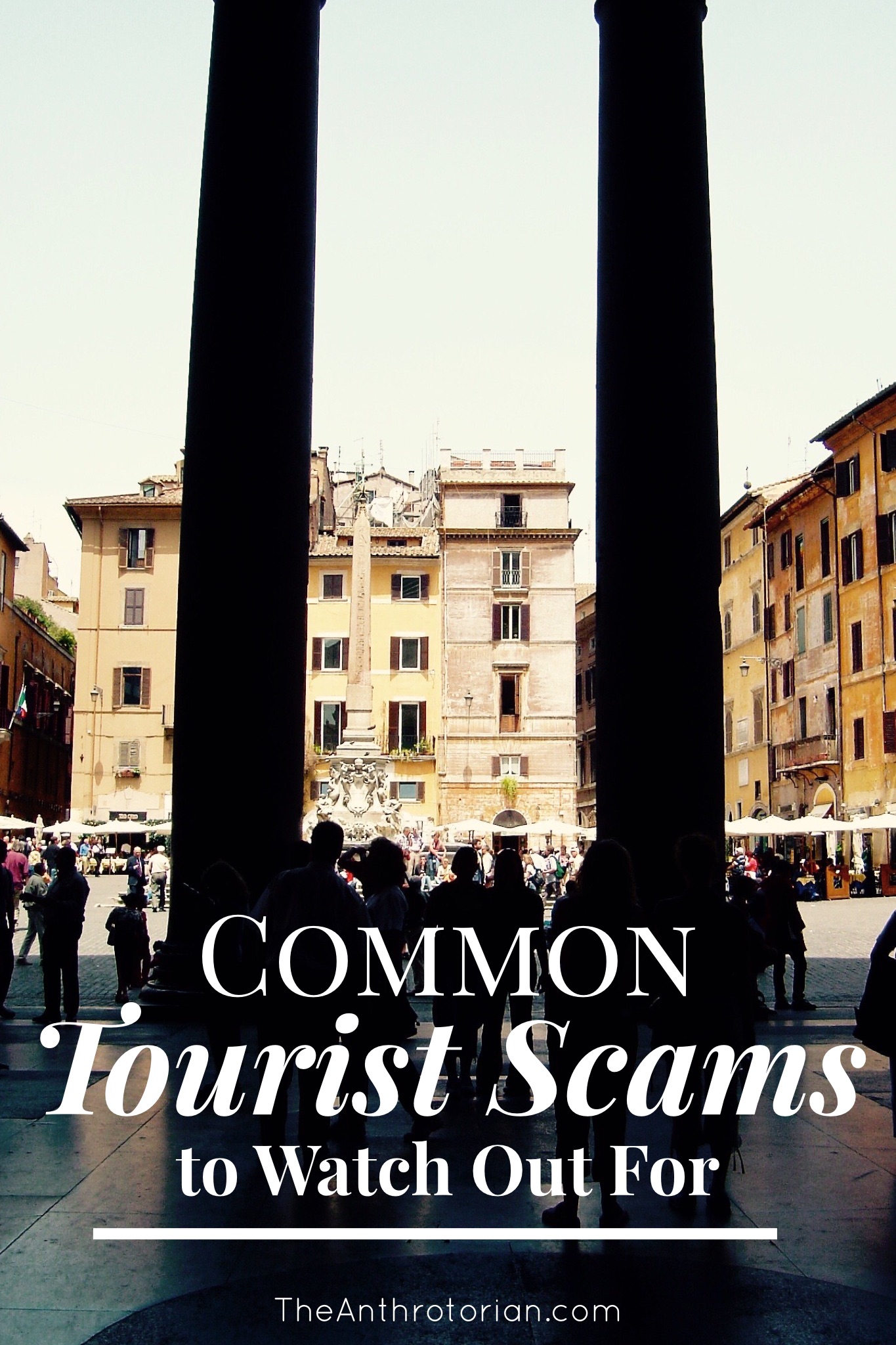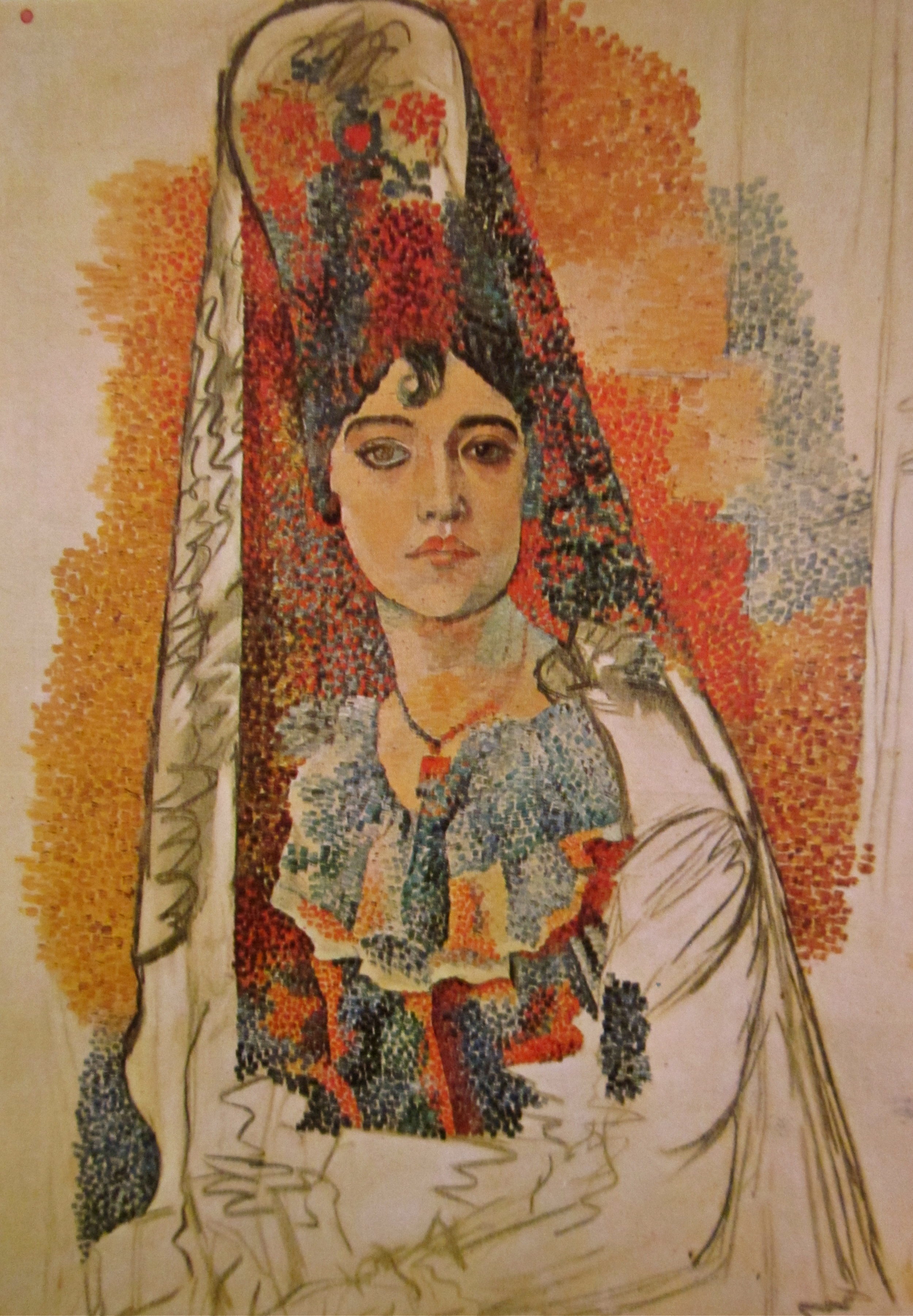Nicknamed La dame de fer (the iron lady), the Eiffel Tower is one of the most well-recognized buildings in the world. This latticed iron structure, located in the Champ de Mais in Paris, was erected in 1889 for the World’s Fair of that same year.
Read MoreArt Gallery Visitor Tip: Watch People Get Lost In The Art
Sometimes watching fellow visitors to a museum or gallery observe and react to the art is as much of an experience as observing the art yourself.
There are those that walk slowly from work to work, one hand behind their back, one on their chin, never pausing for longer than a few seconds.
Others insist on standing right in the middle of the work for minutes at a time, blocking the view for everyone else.
Couples often chat and point, commenting on the "vivid use of color" or "visible brushstrokes."
Then there are the people that make security guards nervous because they insist on leaning in so close that it looks like they are actually touching the work from a distance (these observers are often wearing thick academic looking glasses or artfully tied silk scarves).
We can’t forget the art students that tilt their heads to the side as they shuffle back and forth, trying to see the work from all angles as they fill page after page of their big black sketch books.
The rarest observers and my favorite to watch are the ones that are truly moved by what they are looking at.
The ones that gasp and inadvertently cover their mouth with their hand when they realize that they are face to face with a beloved painting, sculpture, or drawing that they had only ever seen in photos. Their faces literally glow and you can see a range of emotions pass through them while tears gather in the corners of their eyes, and they barely breathe.
After a few minutes, a goofy smile will cross their face and then suddenly self-conscious, they will glance around the room making sure no one saw their reaction, before moving on to the next piece.
Related Posts
Armless Propaganda: The Story of the Venus de Milo
The Venus de Milo is one of the most famous statues in the world, but like most famous art, one has to wonder what makes this piece more important than any of the other statues collecting dust in the galleries and storerooms of museums.
Well, first off, you can’t argue with the fact that she is beautiful.
Artists and critics have long praised the work as being the epitome of graceful female beauty, so much so that her image used to be on the seal of the American Society of Plastic Surgeons.
On the other hand, though, there are many beautiful statues — and many that still have arms.
Venus de Milo (Aphrodite of Melos), circa 150 BCE
Did she ever have arms?
No, Venus was not created without her upper limbs. She did originally have arms but was found with them already broken off. The buzz created by scholars over the mystery of the placement of her arms and what she may have once held has aided in her popularity. Only adding to the mystery is the fact that fragments found with the statue when it was dug up on the Island of Melos in 1820 have been lost.
The fragments, if reconstructed, would have been from the right arm of the statue and would have shown her holding an apple. Because the fragments were made of stone that was rougher than the rest of the statue, it was concluded that they were from an earlier restoration and so were set aside without being documented properly. They have now disappeared.
Scholars have recently speculated that the fragments were the originals and were carved differently because they would have been above the viewer's line of sight and so did not require a smooth surface (a common sculpting practice at the time of her creation). Without the fragments themselves, however, this can not be proven.
Who sculpted her?
Adding to her beauty, and the mystery behind her arms, is the fact that is is still not known who actually created the statue and for what purpose. Though it has been speculated that the artist may have been Alexandros of Antioch and she once sat in a high niche in the wall of an ancient city, none of this has been confirmed.
Though all of these facts are interesting, they do not add up to the kind of information that would attract the attention of the rest of the world.
Why is this Venus SO popular?
The main reason that this marble Venus is so recognizable is because of good ‘ol fashioned propaganda.
In 1815, France was forced to return the Medici Venus, which had been stolen by Napoleon Bonaparte, back to the Italians. It was (and still is) regarded as one of the finest classical sculptures in existence and to a country considered to be the art hub of Europe at the time, this was a HUGE blow to the ego.
When the Venus de Milo arrived at the Louvre so soon after the loss of the Medici Venus, French Officials immediately began promoting it as a greater treasure than what they had lost and voila, we now revere and recognize her as one of the most stunning and mysterious statues of the Hellenistic period.
Related Post
My Favourite Parisian Art Gallery: Exploring The Musee De L'Orangerie in Paris
Tips For Visiting The Louvre: How To Avoid The Crowds And Make The Most of Your Visit
The Palace of Versailles: The Home of The World's Most Notorious Playboy
What's So Special About The Mona Lisa? The Real Story Behind Da Vinci's Famous Painting
Michelangelo's Slaves: The Story Behind These Unfinished Sculptures
In 1505, Michelangelo was commissioned by Pope Julius II to design his huge, free-standing tomb. The artist went straight to work, traveling to the marble quarries of Carrara — in central Italy — to hand select the pieces that he would use to create statues for the tomb.
Choosing the stone for his sculptures was very important to the artist because he envisioned the statue as already existing within the marble.
He saw it as his job to set the statue free.
In 1506, work on the tomb was put on hold when Julius insisted that Michelangelo work on painting the Sistine Chapel instead, and started diverting funds, meant for the tomb, to building St Peter’s.
At the time of the Pope’s death in 1513, the tomb was still unfinished and was never completed to the original specifications
There were over 40 statues planned for the original tomb, and 16 of them were meant to be slaves. The meaning behind the slaves is unknown, but scholars speculate that they may have represented captured enemies, captured territories, or the liberal arts.
Though Michelangelo continued to work on them over the years, out of the planned 16 statues, only 2 were almost completed, while 4 exist in various stages of completion.
The two completed slaves have a home in the Louvre in Paris, while the unfinished keep the David — also by Michelangelo — company in the Galleria dell’ Academia in Florence. What makes these unfinished pieces so interesting is that they give us a rare look at how the artist worked. They are essentially 3-D sketches, where all mistakes and the artist’s process are exposed.
You can see what the artist meant when he said it was his job to ‘set the sculptures free’, as the forms seem to be trying to pull themselves out of the stone with their torso’s straining and muscles bulging. Despite a lack of finished detail, the works command a sense of mass and movement.
The time that Michelangelo lived in was ruled by the Catholic Church, which did not believe in regular autopsies or studying corpses for science. Therefore, there was very little known about human anatomy at the time (autopsies were not widely performed until the late 1600s).
It has been surmised that artists, like Michelangelo, used to sneak into morgues and look at the bodies, (sometimes even performing their own autopsies), in order to get a better understanding of how the muscular system looked under the surface.
Click here to see photos of the unfinished slaves.
Related Posts
Illuminated Art: The Stunning Stained Glass Windows In Prague's St Vitus Cathedral
Often described as Illuminated wall decorations, the purpose of stained glass is not to allow those within a building to see outside or even to admit light, but rather to control it.
St Vitus Cathedral in Prague is home to some of the most stunning examples of this art form. The intense color of the massive windows, created by 20th-century Czech artists, floods the interior of the cathedral throwing color into every nook and cranny of the intricate French Gothic structure.
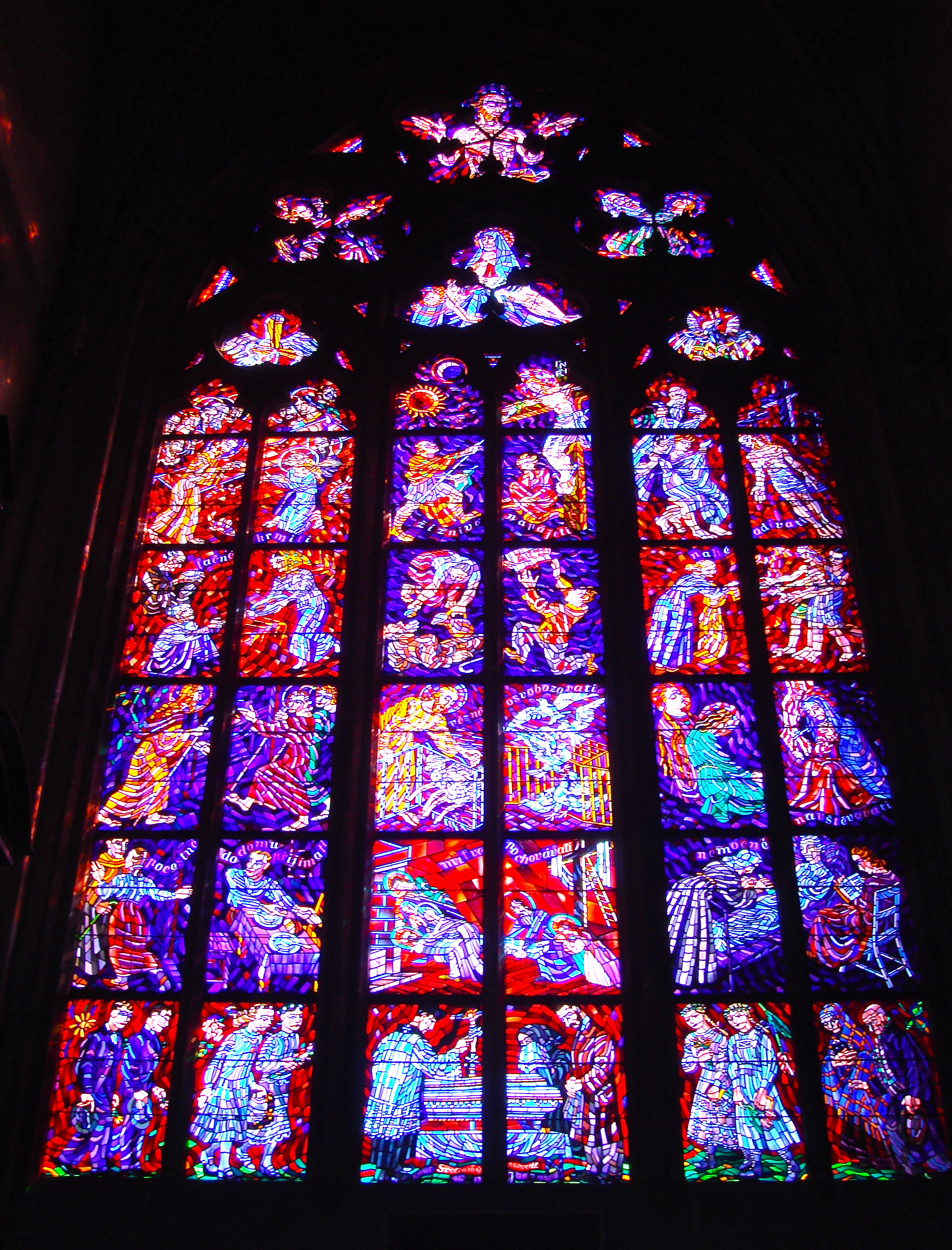
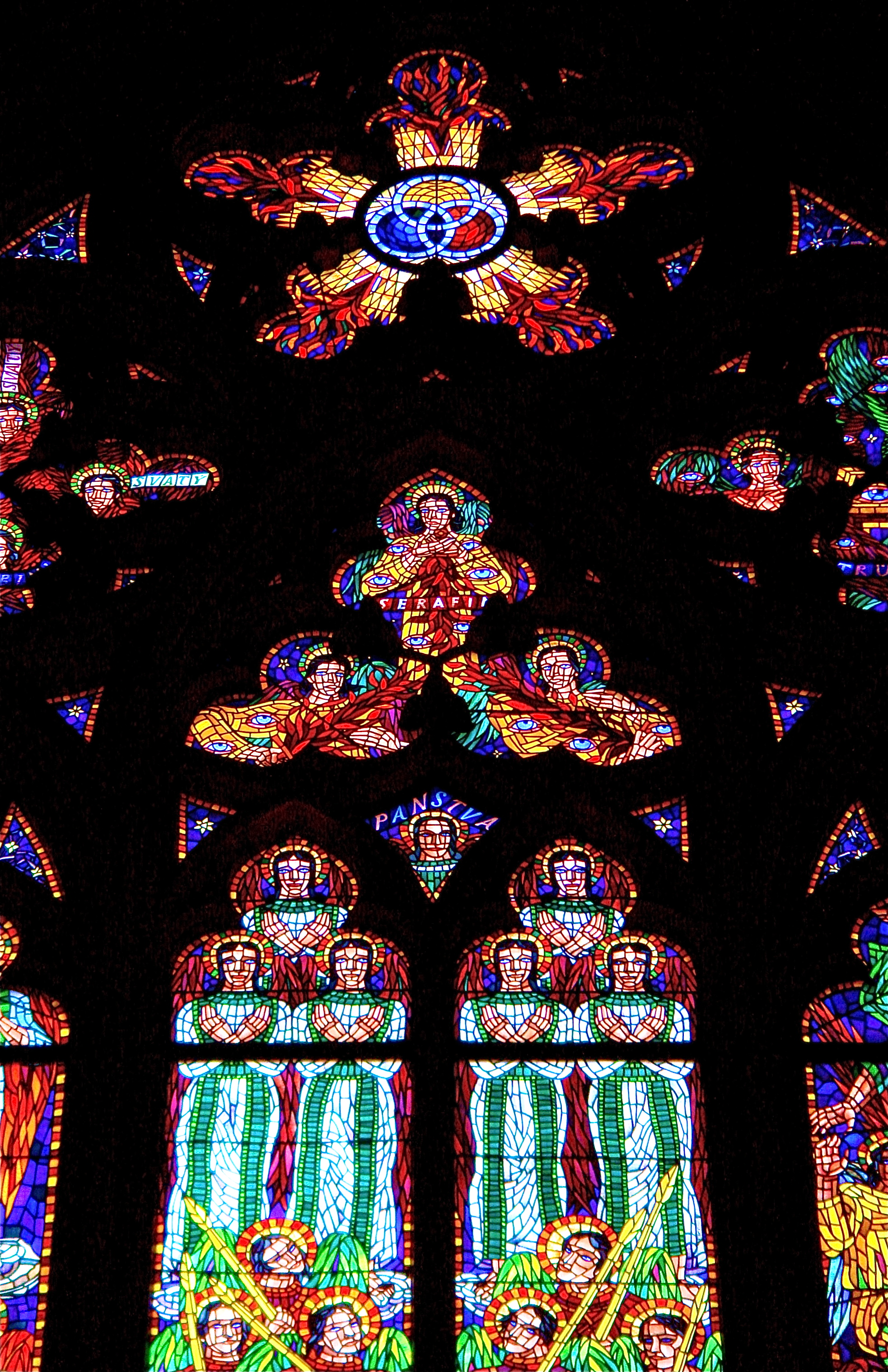

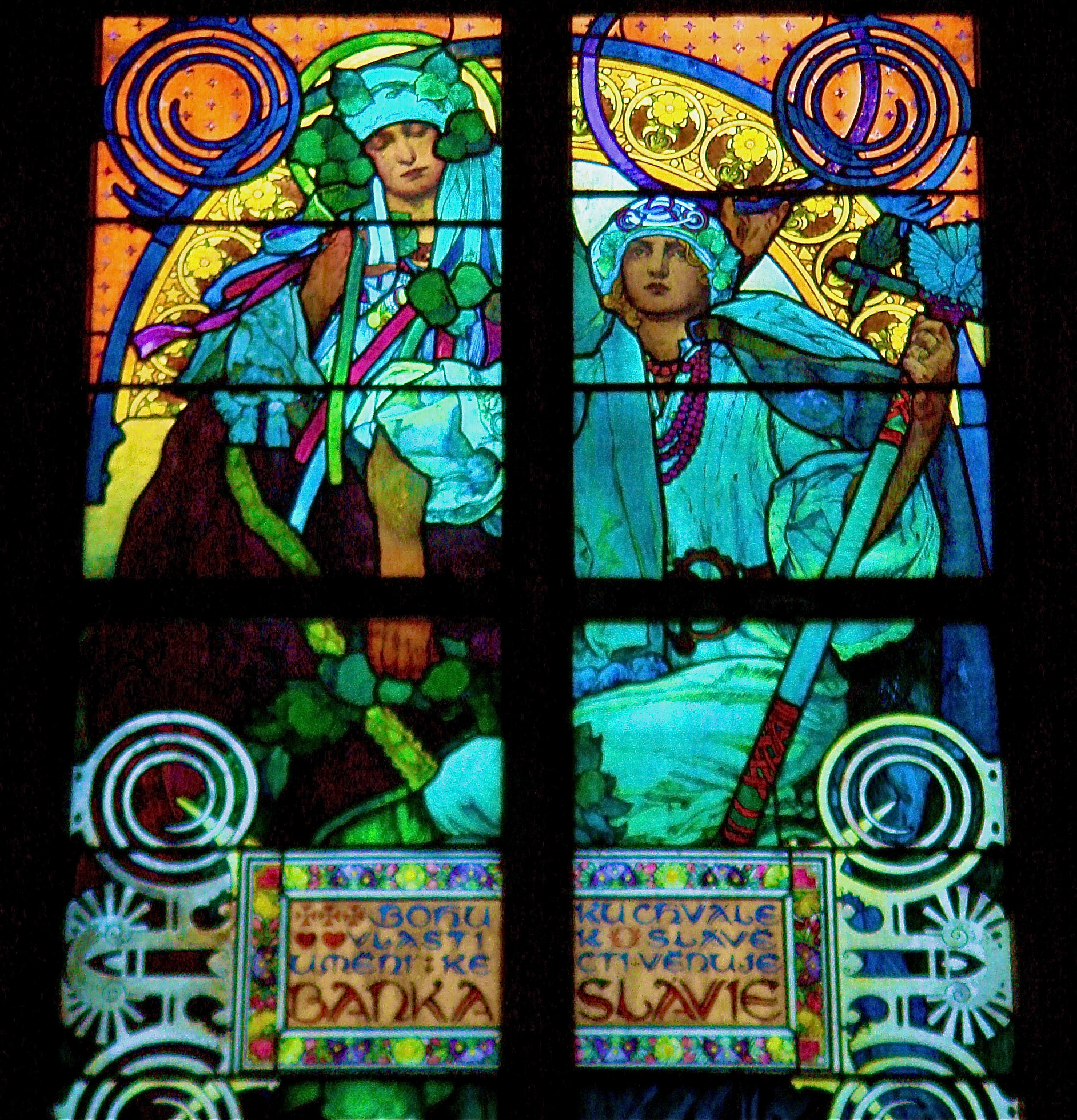
One of the windows throwing out spots of filtered light was created by the famous Art Nouveau artist Alfons Mucha. Rather than sticking to a more traditional, tightly organized visual structure when creating the window, he used a montage of images that gives an expressionistic effect.
His gorgeous, unique work of art is something not often seen in a gothic church.
Related Posts
Painted Pixels: Modern Art by South Korean Artist Sea Hoon
One by Sea Hoon Insa Art Centre, Seoul
Jeoung, Sea Hoon, an amazing artist from South Korea, paints in a remarkable style called pointillism. Pointillism is a term that was derived in the 1880s to ridicule the artists who were using the new technique at the time (Seurat, Van Gogh and Pissarro to name a few).
It describes a specific style of brushwork that involves small, distinct dots of pure color applied in patterns to form an image.
ellow by Sea Hoon Insa Art Centre, Seoul
Resembling modern day pixels on a computer screen, this technique relies on the viewer’s ability to blend the spots together in their mind in order to see a fuller range of tones.
This way of applying paint is in sharp contrast to the more traditional method of blending pigments with fluid brushstrokes and, even today, there are few artists that use this technique.
Sea Hoon uses pointillism masterfully, creating works that are vibrant, alive, full of energy, and look like painted pixels.
Blue by Sea Hoon Insa Art Centre, Seoul





